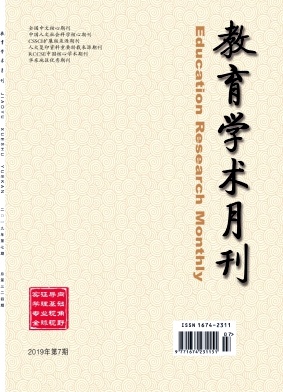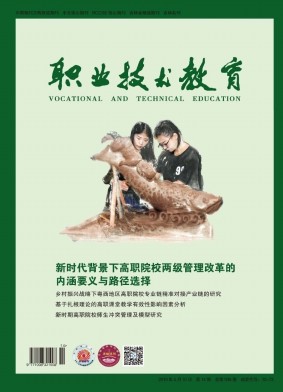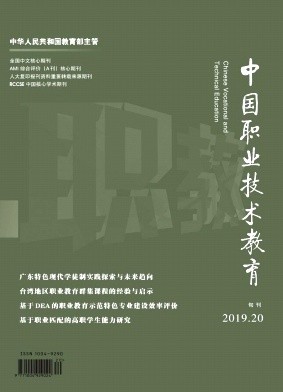摘要 汶川地震迄今,受灾地区的社会生态已发生了结构性改变,但对灾害背景下羌族教育生态的恢复和发展问题仍然缺乏深入的实证研究。通过对汶川县雁门乡高山羌族村落的实地调查发现,高山羌寨的教育生态在汶川地震后获得了较常态发展情况下的“超前”发展,发生了极大的改变:义务教育阶段学生的辍学问题从灾前的普遍现象到如今的“非典型个案”,羌族学生的上学意愿从灾前被动的“要我学”到当前主动的“我要学”,受高等教育人群从“非常态”到“常态”。 The social ecosystem of the disaster areas underwent structural changes in the wake of the Wenchuan earthquake,but there is still a lack of in-depth empirical research on the restoration and development of the disaster-affected educational ecosystem in Qiang communities.A field investigation of alpine Qiang villages in Yanmen,Wenchuan finds that the educational ecosystem there achieved“unexpected”development after the Wenchuan earthquake.Large numbers of students dropped out of school while still at the compulsory education stage before the earthquake but now very few students did so;the Qiang students who“were forced to”go to school before the earthquake now“want to”go to school;the number of people receiving higher education was on the rise.
机构地区 重庆文理学院文化遗产学院 四川大学文学与新闻学院
出处 《阿坝师范学院学报》 2021年第1期100-106,共7页 Journal of Aba Teachers University
基金 重庆文理学院人才引进项目“藏羌社会与文化变迁”(2017RFY40)。
关键词 汶川地震 羌族 羌寨 辍学 教育生态 变迁 Wenchuan earthquake the Qiangs Qiang villages school dropouts educational ecosystem evolution




